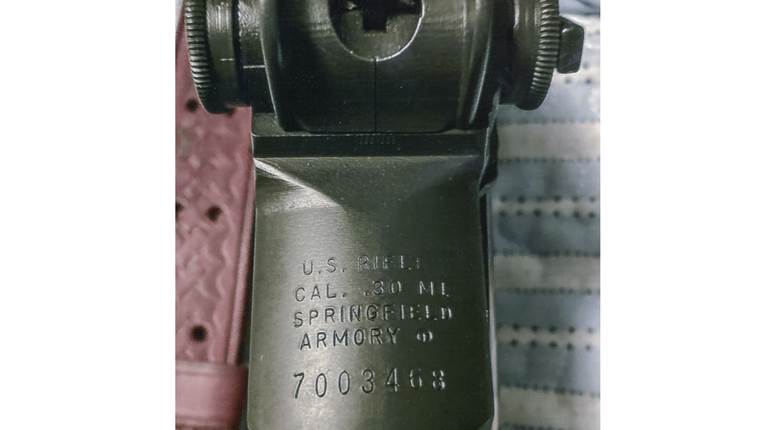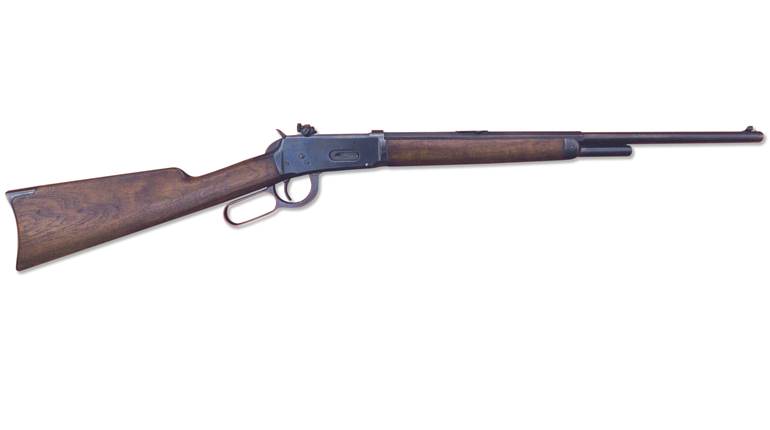
Q. I recently acquired a used Mossberg 835 shotgun in 12 gauge. The 24" barrel is rifled, ported and has a 3.5" chamber. The owner’s manual says not to shoot rifled slugs in this barrel, only sabot slugs. Why is that?
A. The conventional lead “rifled slug” was developed for use in smoothbore shotguns—the European Brenneke in the late 19th century and then the American Foster style in the mid-1930s. The “ribbing” on the projectile is not rifling but a means to allow the slug to be drawn down to pass through various degrees of choke as found on upland and waterfowl shotguns. The ballistic effect upon being fired is essentially a knuckleball, so accuracy can be difficult to predict, although some report adequate results.
The development of rifled shotgun barrels and sabot-design projectiles went hand in hand—neither is of much use without the other. I believe Remington was the first in the marketplace. Projectiles with a sabot are for use in rifled barrels. “Rifled slugs” are for use in smoothbores and are inappropriate in rifled barrels, as they are undersize and do not properly engage the rifling, hence the reports of leading and other fouling.
Now for the confusing part. The Mossberg 835 was introduced with several innovations, one being its “over-bore” 12-ga. barrel for bird shooting. Instead of the standard 12-ga. (0.729") bore diameter, it features a 10-ga. (0.775") smooth bore. The use of “rifled slugs” down this barrel, however, results in very unimpressive performance. The warning to not use rifled slugs applies to the smoothbore-version barrels. To cover all its bases, Mossberg offers a rifled barrel for installation on the 835, of standard bore dimensions, appropriate for use with sabot projectiles. Apparently, this is the barrel you possess, and you would be wise to utilize only sabot-design ammunition through it.





































